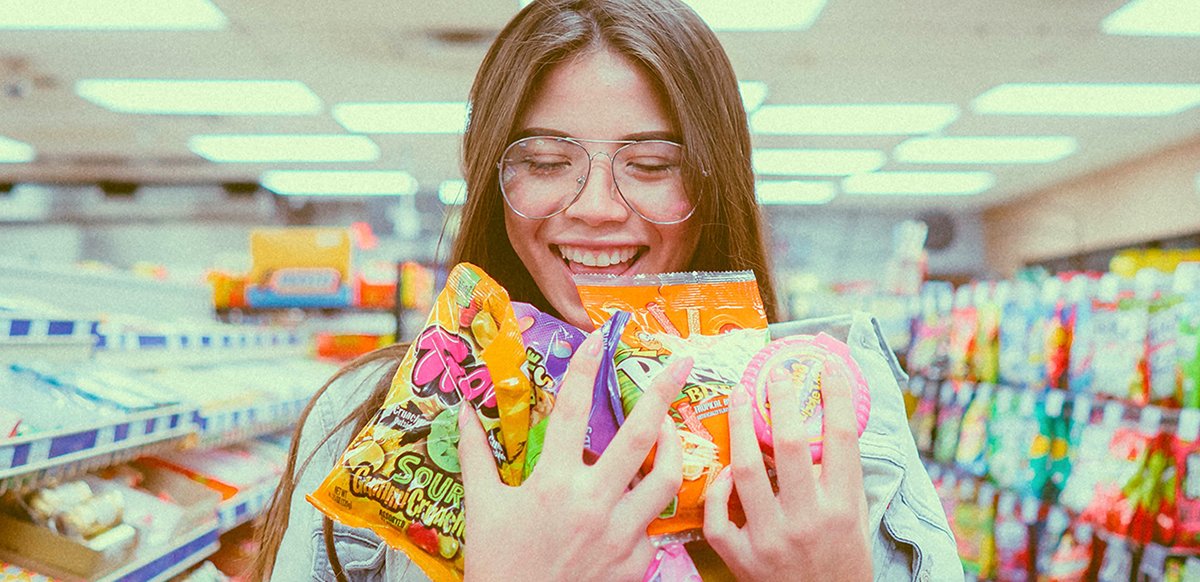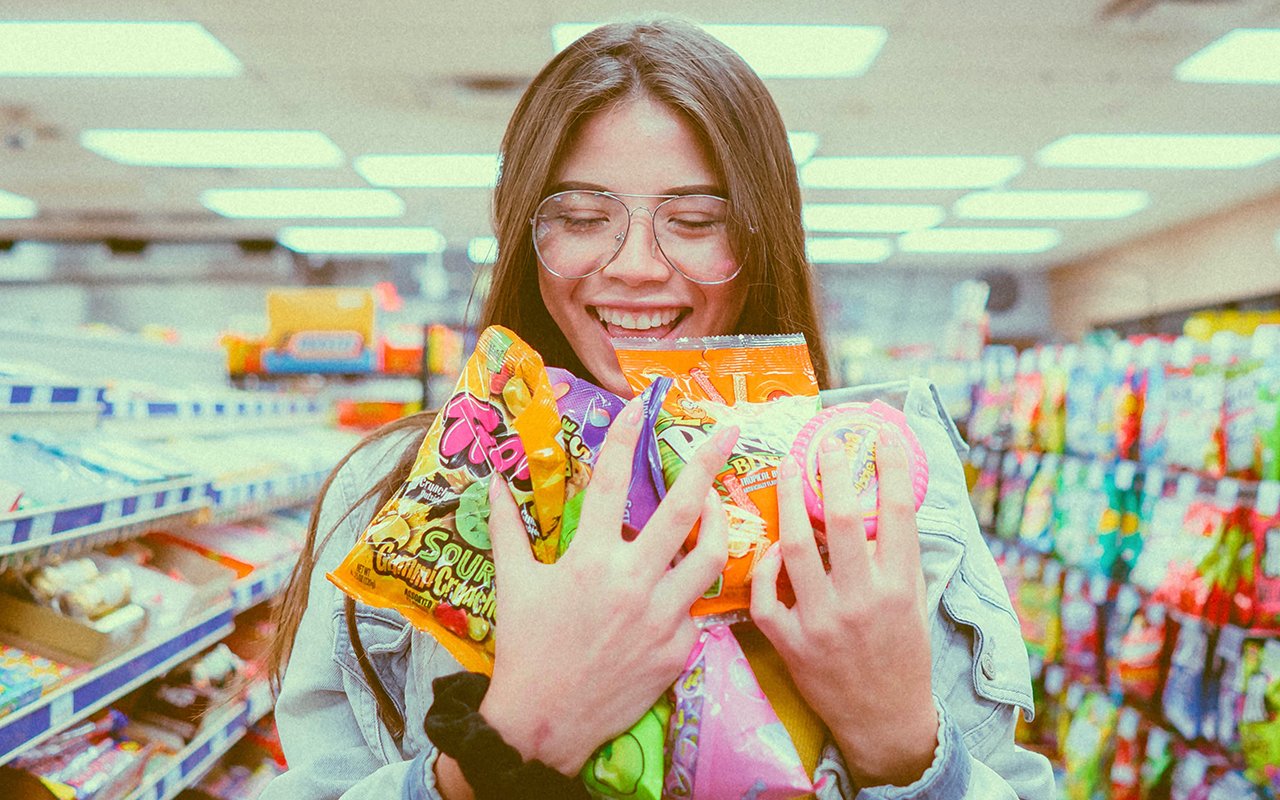
Once customers come into your store, it’s up to you to help them decide what to do next. You need to use in-store cues and marketing to guide consumer behavior and lead shoppers to make a purchase.
Here are five ways you can use psychological factors to connect with shoppers and guide them while they’re within the walls of your business.
Discount Pricing
The first tool you can use to drive customers to buy is discount marketing. Discount marketing uses coupons and deals to show value to customers and drive them toward making a purchase.
You frequently see brands doing this. They pull in customers with better prices on everything from cars to furniture to food. Even brands who don’t have the best prices will claim that they have the best deals in town.
There are multiple psychological factors that go into convincing customers you have the best price. For example, customers feel like they got a deal if they pay with a coupon (even if they spent more than they would without one), and they also feel like items are more affordable with layaway options or monthly financing.
What does this all mean for your business? You can make people feel like they’re getting a good price, even if they might not. You just have to focus on how you brand your items and showcase your prices.
Consider how your pricing is displayed in your store. Add pricing comparison information or promote discounts on your digital menu boards to make customers see the value and savings in their purchase.
Authority
If you can’t beat out your competitors by price, there are other consumer behavior triggers you can tap into to get people to buy. One popular option is authority.
By positioning yourself as an expert in your field, your customers can trust that you have the best possible products for the highest quality. Specialty brands like REI rely on authority to drive sales. When you need a camping backpack or a tent, you could easily turn to Walmart or Amazon. However, if you want to compare features and get advice from other outdoors people, you turn to REI. Customers turn to REI for advice on what to pack and buy so they don’t overspend on unnecessary gear and instead invest in high-quality options.
Other brands, ranging from Total Wine to Tiffany Jewelers position themselves above low-price competitors because of their authority. Customers are willing to pay more because of perceived quality due to company expertise.
To show your brand’s authority in your store, add educational and informative videos to digital signage and video walls to both help in-store shoppers and position your brand as a leader in your field.
Limited-Time Offers
Some people wouldn’t eat a McRib if they were paid a million dollars, while other people would pay a million dollars to eat a McRib. This sandwich of lore always generates a ton of buzz when it debuts because it’s rare. It’s only around for a few weeks, so customers need to buy it as much as they can before it’s taken off the menu. The same process is used for pumpkin spice lattes or the Unicorn Frappuccino that took over Starbucks stores in 2017.
Time constraints put pressure on customers to buy. They are more likely to come into your business for a limited-time sale and are more likely to leave with something, even if they’re not sure they want it.
Tap into the power of limits or time constraints next time you want to move certain items. Use your digital signage and menu boards to promote limited-time offers to your customers. Let shoppers know that they only have a few days (or even a few hours) to try one of your items or purchase one of your products. With digital screens, you can easily update your signage to promote time-sensitive offers and flash deals.
Social Status
Social status plays an important role in convincing customers to buy and is a favorite tool of the fashion industry to drive consumer behavior. A Michael Kors purse will hold items just as well as a $15 Target bag, but that doesn’t stop people from paying hundreds for the status symbol.
If you don’t want to lure in people with short-term sales or low prices, then elevate your retail customer experience and tap into social status. Show how buying from you makes your customers cooler, more exciting, and more interesting than their counterparts. If all goes well, your customers soon start to advertise your brand for you.
Spread the social status associated with your brand, products, and services by encouraging in-store shoppers to share their experience on social media. Set up interesting and special in-store experiences or photo-ops where customers can take pictures of their purchases. This can lead customers to share their experiences on social media and help build the allure of your brand.
Fear of Missing Out
These four elements listed above all play into one social construct that has been popular lately: FOMO, or the fear of missing out.
Lifestyle brands encourage customers to use FOMO to make your friends and Instagram followers jealous by posting about their new dress/fun night out/plane tickets/etc. FOMO plays into various consumer behavior elements discussed above. It elevates the social status of the poster and showcases a limited-time or “once in a lifetime” experience. It also positions the poster in a position of authority on all things interesting or cool.
FOMO is a real psychological effect that encourages people to spend money. One study by Credit Karma of 1,045 American consumers found that FOMO caused 40% of millennials spend money they don’t have. People overspend because they want to keep up with their friends, show that they are at the same social status, and because they don’t want to miss out on the cool things everyone else is doing.
To help trigger FOMO, use in-store signage to encourage people to post about their purchase and generate buzz about your business, products, and services.
Guide Customer Behavior Using In-store Marketing
These are just a few ways you can use in-store marketing and cues to guide consumer behavior and move customers through the buyer’s journey when they walk into your business. For more tips, check out our free ebook: The Ultimate Guide to In-Store Marketing.
It dives deeper into the specific in-store marketing tools you can use to catch the attention of shoppers, drive them toward making a purchase, and get them to return to your business again and again.
